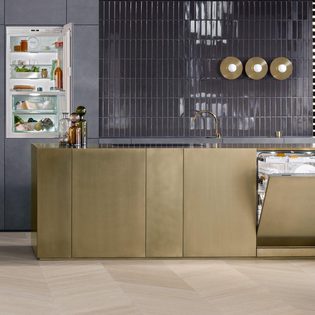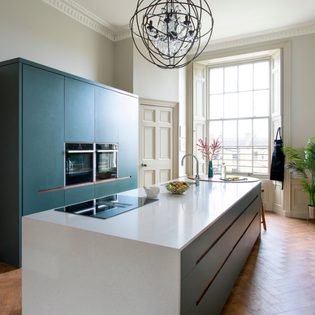9 Interior Design Tips to Defeat the January Blues
Based on Sally Augustin's Designology: How to Find Your PlaceType and Align Your Life With Design.
It’s often said that January is the most depressing month of the year and it isn’t difficult to figure out why. Not only does the bad English weather play a part, but did you know that your home interior could actually be making you feel worse? So how do we defeat these January blues?
Based on Augustin's perspective on environmental psychology, we have compiled 9 interior design tips you can do to alleviate anxiety and depression in your home.
1. Introduce Curves
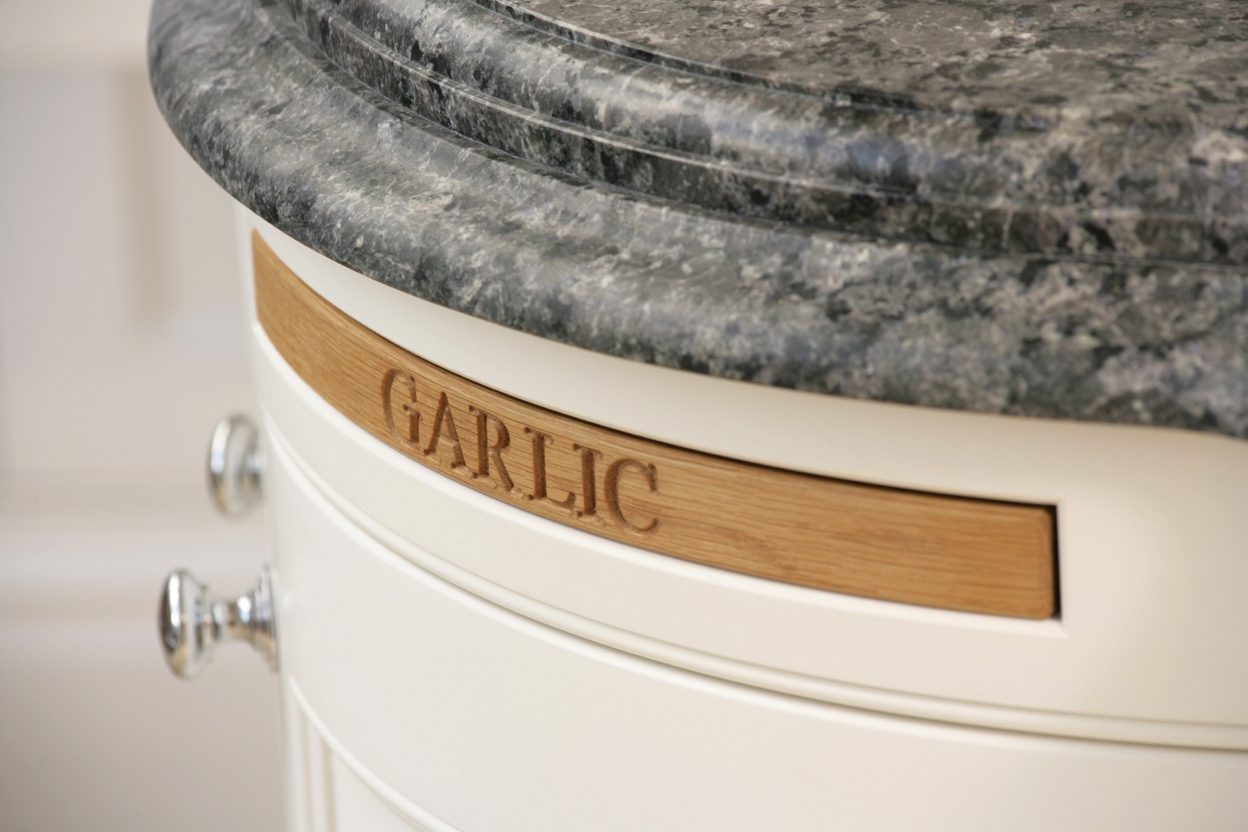
Too many straight lines and jagged edges in a room can create an elevated sense of anxiety. Studies have shown that our brains interpret these patterns as 'dangerous' and activates our survival response that initiates a series of emotional and chemical reactions, including the release of adrenalin and cortisol - both of which can diminish our health with long term exposure.
The best solution to counter these reactions is to introduce curves to your space. Curves help to soften everything about your space and it's been scientifically proven to have a soothing effect on the mind. It's no wonder that curved furniture has been trending over the past couple of years.
Make a conscious effect to bring a curve or two into your space. For example, try bringing in a rounded vessel, a round mirror or even simply draping a blanket over a hard edge of a chair can help to soften things. These small changes can help put the mind at ease and will allow your nervous system to relax.
More ideas:
- Rounded wall sconce
- Rounded edges on dining table
- Rounded channel tufting
- Rounded seating
- Rounded kitchen island and countertop
- Round lampshade
- Round ornaments
2. Greenery
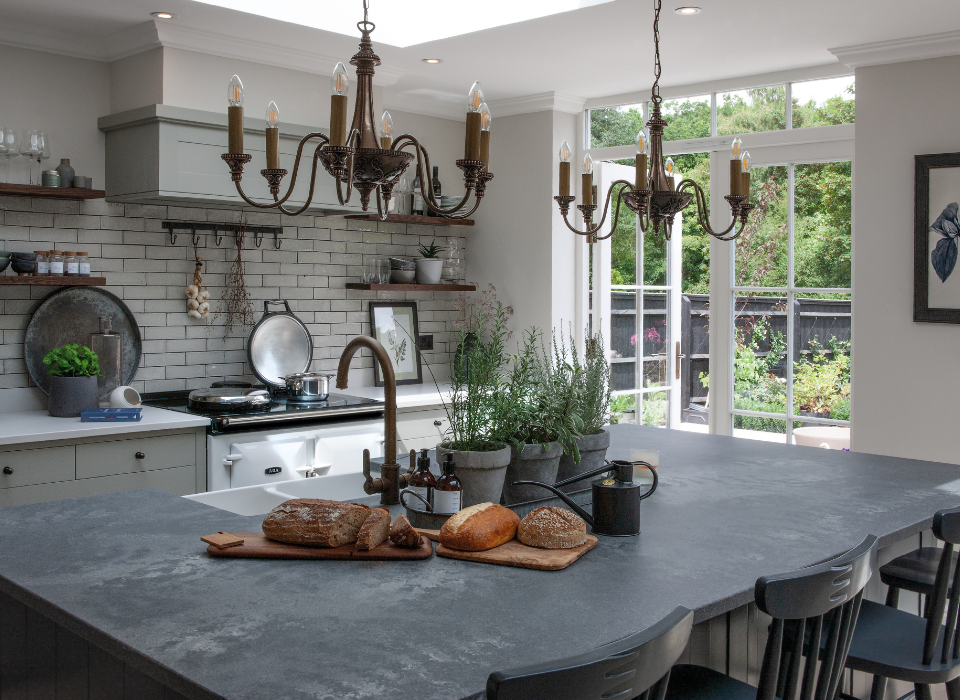
There is a reason why plants are so popular in interiors. Perhaps the most universally accepted point of consensus across all experts is that greenery boosts your mood. Plants can also help with loneliness and sadness by providing a sense of purpose. Caring for a living thing and witnessing it growing and flourishing can provide a sense of purpose and gratification. Growing your favourite herbs such as basil and rosemary is a great place to start.
The great thing about introducing greenery to your space is that it doesn't have to be real. Studies have shown that faux greenery actually has the exact same positive effect on people's mental health as real greenery. You can get similar psychological benefits by introducing artwork with trees and greenery as well. Treescapes in particular have a positive connotation with growth and stability.
3. Artwork
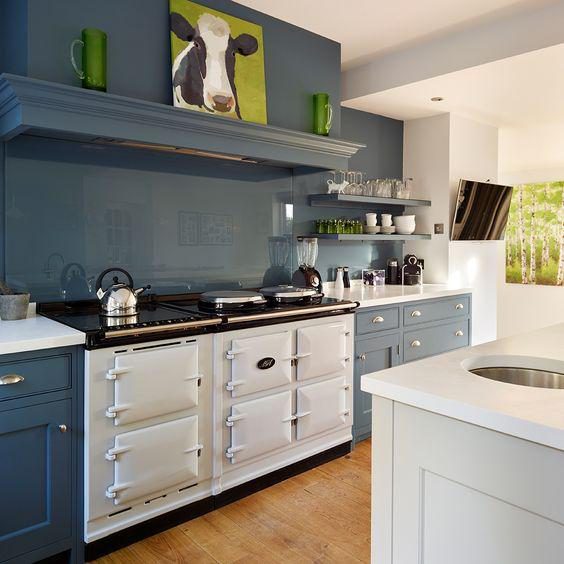
Studies done by neurobiologists at the University of College London have discovered that viewing art can give you the same feelings as falling in love, as well as, a surge of the feel-good hormone and neurotransmitter called 'dopamine'. Patients who were shown artwork in hospitals actually experienced less pain and suffering recovered more quickly than people in rooms without artwork. So, introducing art into your space can have a profound effect on your wellbeing and it does not need to be expensive either. A £20 print that can be found on Etsy can have the exact same psychological effects as £20,000 original piece of art. Your subconscious cannot tell the difference!
Art with more lively and vibrant colours can be energizing and appropriate for common areas like the living and dining room. For bedrooms, look for something soothing abstracts or calming landscapes in soft neutral tones. This helps make the bedroom a restorative space which will help you recharge.
You can also incorporate photograph of things that make your feel happy. For example, it could be a photo of your child or your pet or maybe a special moment from the past trip.
4. Careful Use of Mirrors
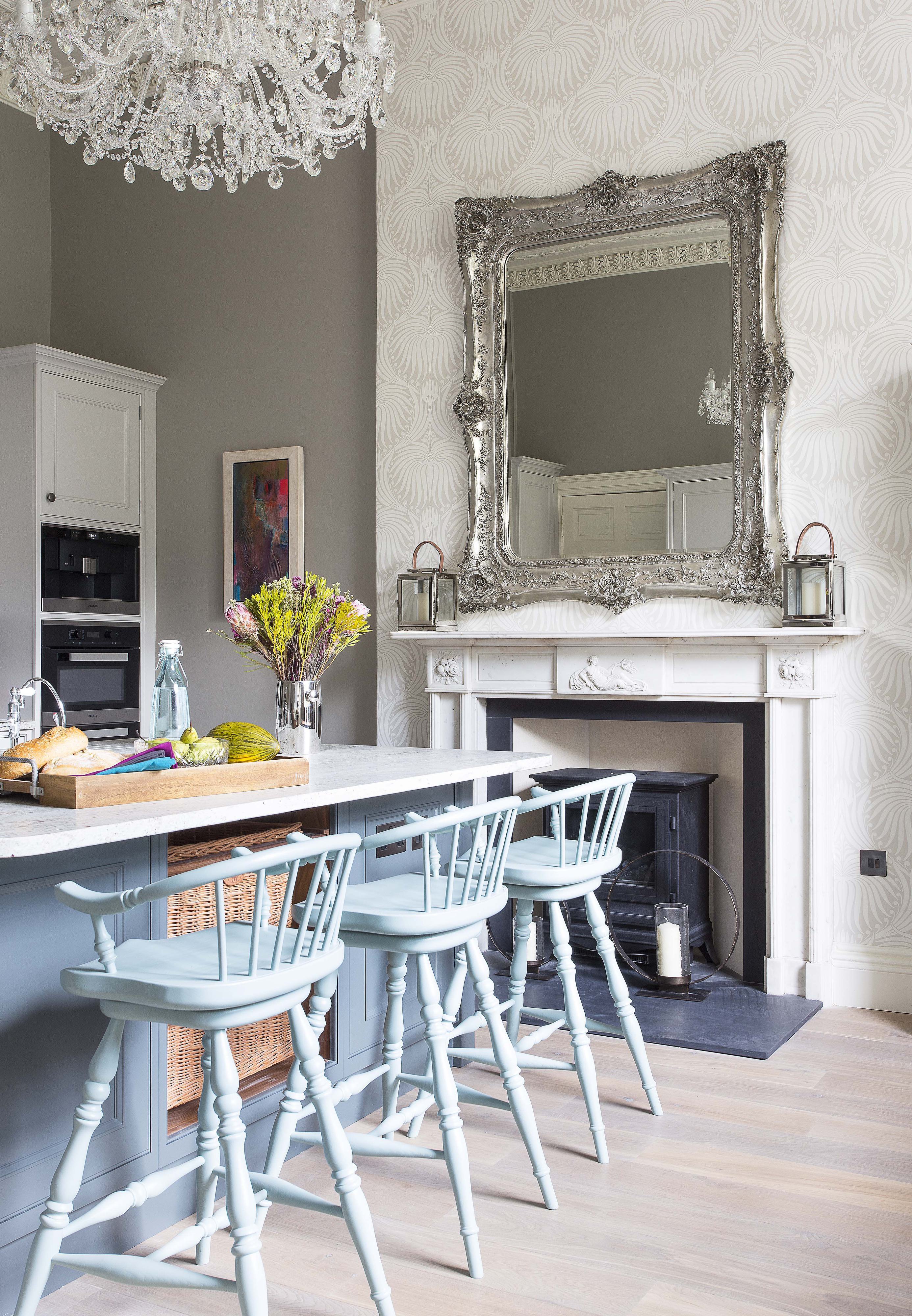
It is common knowledge that the use of mirrors is generally encourage in interior design because they help to enlarge and brighten rooms. However, there are some reasons why you need to be careful when it comes to mirrors in your interiors.
Mirrors adds visual complexity to a room because they're reflecting everything that's around them. So, if your room is already cluttered, your mirrors are just going to amplify that clutter even more and our brains do not like that.
The second reason to avoid using too many mirrors into your space is that it can actually cause some people quite a bit of anxiety from looking at themselves for a prolonged period. If you find that this is the case, consider removing your mirrors and replace them with artwork instead.
5. De-Clutter Your Space
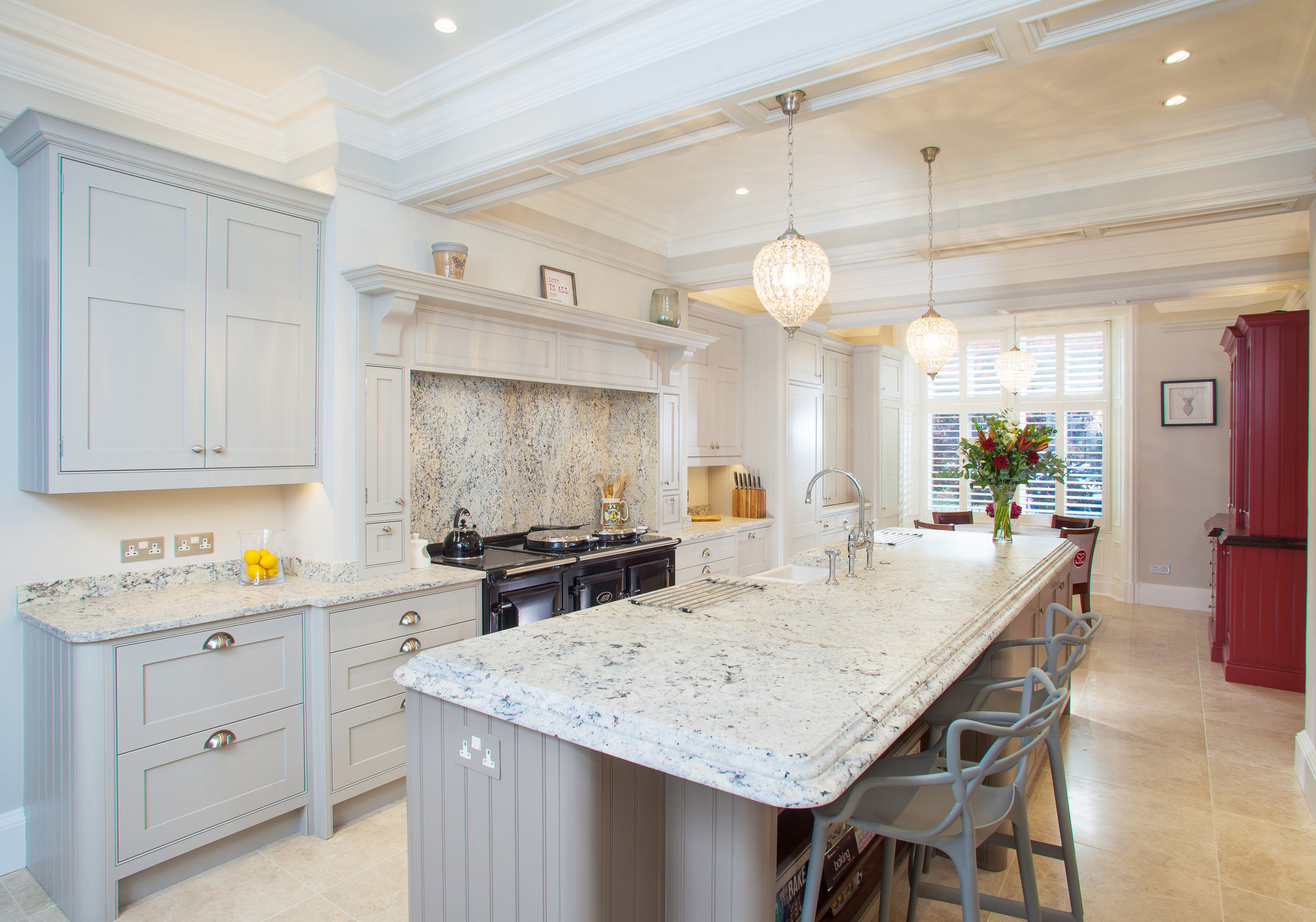
Keeping your home clutter free is absolutely crucial for your mental health. Clutter has been shown to cause feelings of anxiety and depression. Studies have found that clutter can cause your cortisol levels (your stress hormone) to rise which can lead to tension, anxiety and other health problems. Having chronic clutter affects how our immune system fights bugs and digests food. It can affect our sleep patterns. Research shows that it can even lead to health problems like type 2 diabetes and heart disease. Too much clutter on your horizontal surfaces will likely to stress you out because it becomes too visually complex for our brains.
On the other hand, not having anything on your horizontal spaces can also cause tension because in general we like to have a few things on display that tell people who we are. In other words, we want our space to feel personal. There's usually a sweet spot for most people and it will vary depending on your personality type. The best way to find that sweet spot is to remove everything from your horizontal surfaces and then slowly re-introduce objects back one by one and stop when it feels right to you.
If you're having a hard time dealing with your clutter and feeling overwhelmed, we recommend starting small and work on one tiny area of your home at a time like a single drawer or cupboard. If you can tidy up one little area at a time, it can give you a sense of accomplishment and it'll even push you to do a little bit more.
6. Natural Materials
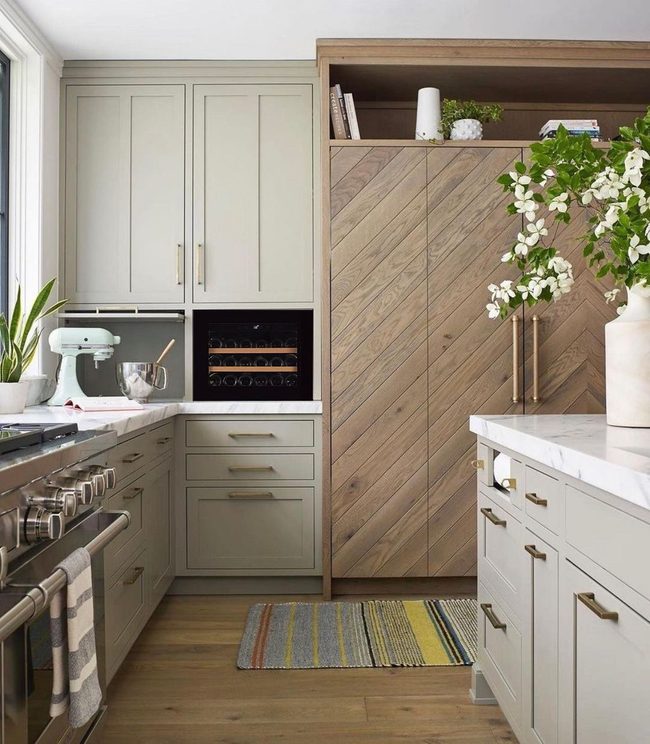
If you have a lot of plastic or synthetic materials and fabrics in your home, it can actually have a negative effect on your wellbeing. Likewise with cold materials like glass, plastic and metal which can also dampen your mood if they are not warmed up with natural materials like wood, clay vessels, wool etc. So, by introducing natural materials that feel good to the touch can help soothe the mind. Humans have a subconscious inclination to seek connections with nature so it really shouldn't come as a surprise that incorporating them into our interiors an make us feel more at ease.
7. Natural Light, Temperature & Light Sources
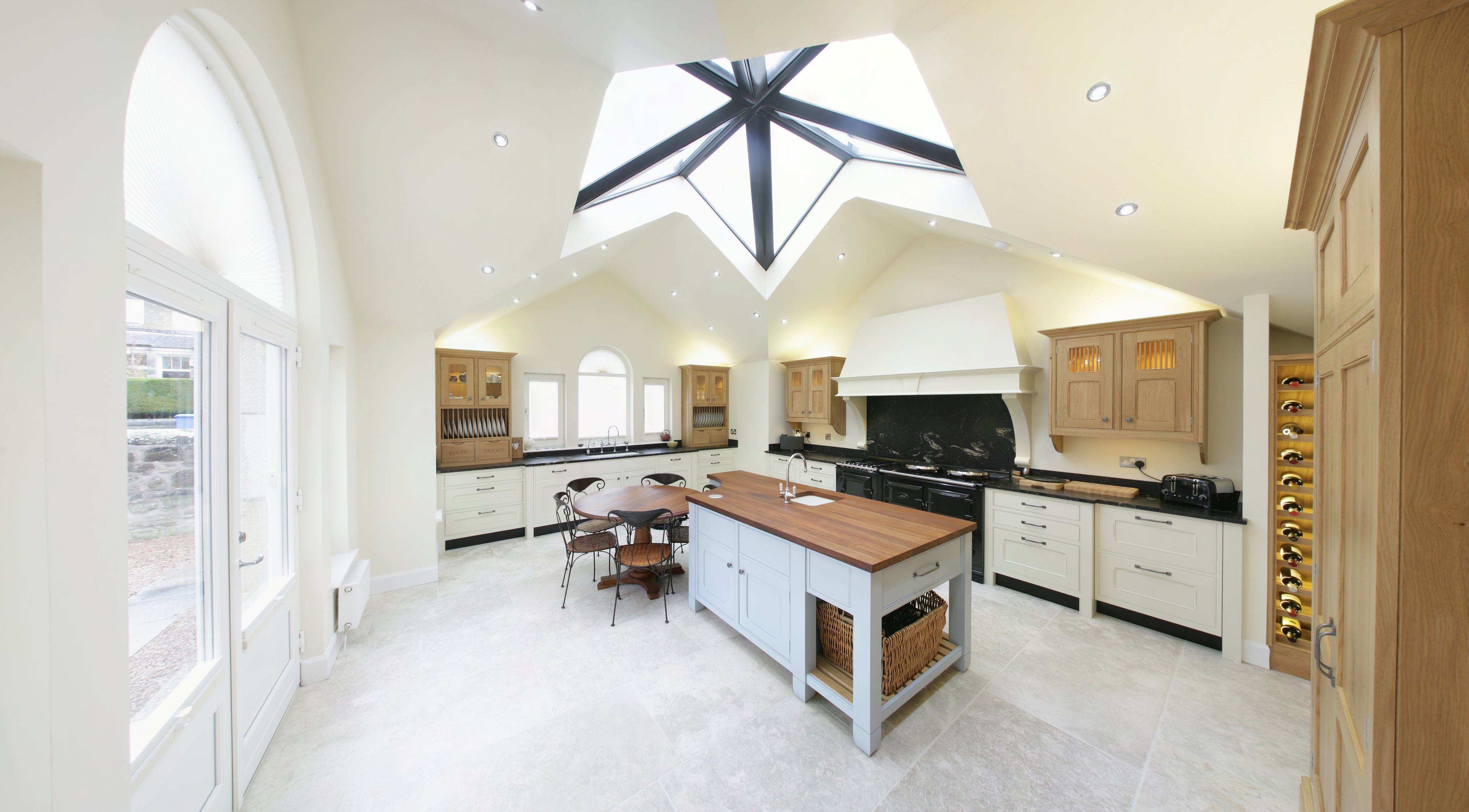
One of the most important things you can do to improve your mood is to increase the amount of natural light that you are getting in your home. This is because the exposure to the sunlight triggers the release of serotonin which is a chemical that helps elevate our mood. One study even found that depressed patients in sunny hospital rooms recovered days sooner that patients in dimly lit rooms. A well-lit home will help make us feel more energetic and alert. If you don't get much natural light in your home, then try turning to paint, mirrors, wallpapers and additional light sources to help bring in extra brightness.
The amount of light in our home is important but temperature of the light is just as important. This is because light temperature affects our mood and our circulation rhythm. Circadian rhythms are essentially "24-hour cycles that are part of the body’s internal clock, running in the background to carry out essential functions and processes. One of the most important and well-known circadian rhythms is the sleep-wake cycle" (Sleep Foundation, 2022). So, when our circadian rhythm is disrupted it can lead to problems like insomnia and low mood. This is why most smart phones and even some laptops nowadays have the option to switch to night mode where the colour of the screen becomes warmer in the evening.
Besides the temperature of your lighting, you'll also want to consider where your light sources are positioned. For example, if you have a very intense bright light that is positioned directly above you, then you are going to feel tense and uneasy in that space. It's the same type of lighting that police detectives use in an 'interrogation room' and for good reason! Also, if you aren't able to change the position of your light fixture then make sure your overhead light fixture is dimmable, This will help take the edge of the light source and make everyone feel a lot more relaxed during dinner time.
8. Colour Psychology
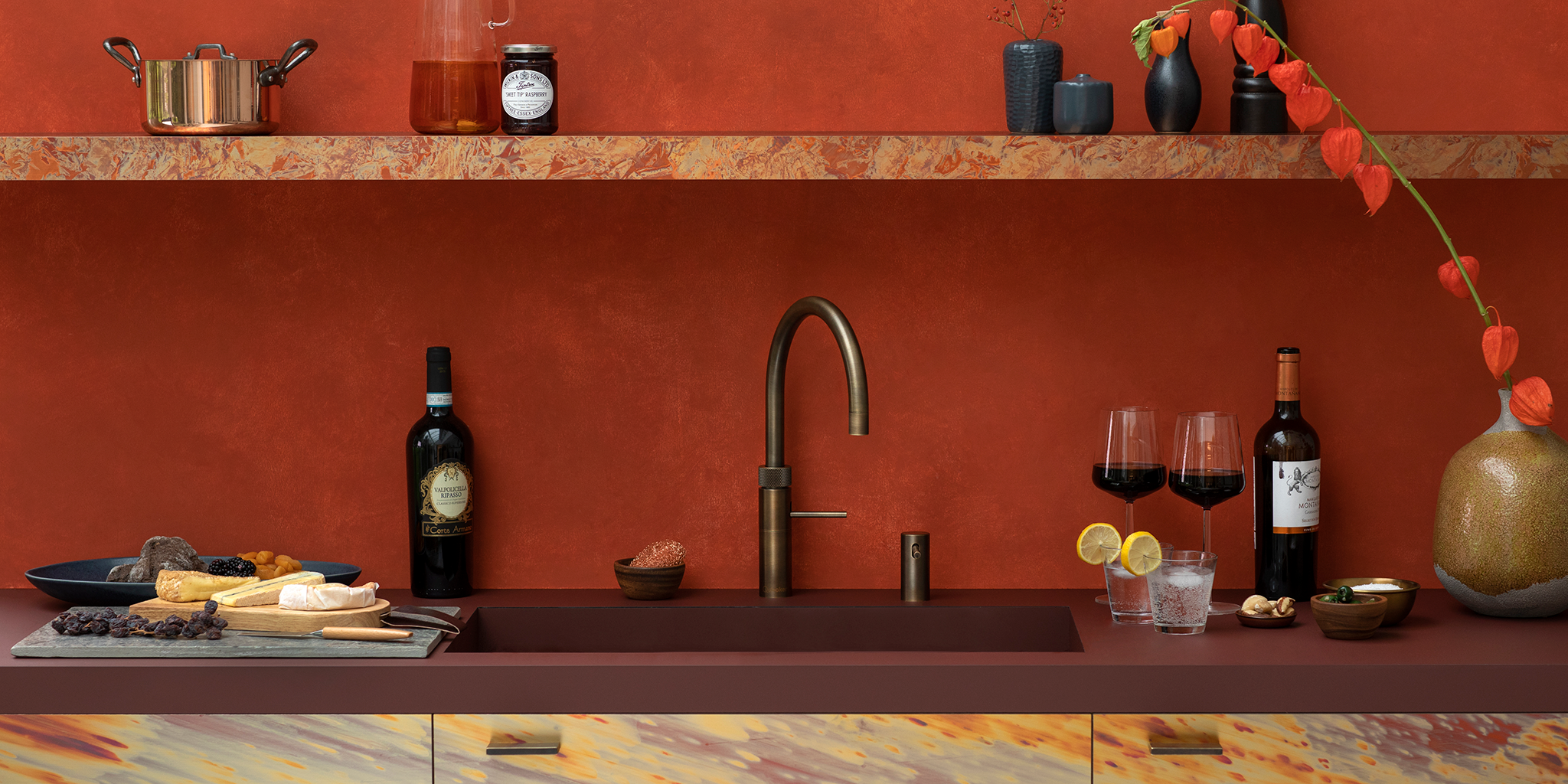
Colours can have a profound effect on us psychologically so it wouldn't be possible to talk about the effects our surrounding have on us without talking about colour. Though there are a number of studies still in their infancy, we know that blues, greens and purples are part of the cool family and are considered to be more soothing. Think blue skies, green meadows or a field of lavender. Reds, yellows and oranges however, are evocative of the sun and fire and therefore are considered warm colours. Obviously warm colours are considered warming and comforting.
- Blue has been shown to slow down a person's metabolism, heartrate and blood pressure. This in turn can have a calming effect on your mind and body. That being said other studies have shown that blue can actually have a downbeat drowsy effect on some people. Steer clear of blue if you find that it makes you sad rather than soothed.
- Red is a stimulating colour that creates a sense or urgency. Although it can help reduce depression, the counter effect can also create feelings of danger and aggression. Red might not be the most suitable choice if you're looking to create a soothing environment. Perhaps, try a softer shade of pink or a clay colour instead.
- Orange is an excellent choice if you want to take advantages of the benefits of colour therapy. It has been used as a natural anti-depressant, helping people feel better about themselves. It has also been linked to boosting the immune system and aiding digestion.
- Green is a great colour to choose if you want to bring nature inside. It's fresh, calming and relaxing. Not only that, it can help promote feelings of balance and harmony. Green helps to reduce anxiety and stress levels.
- Yellow is said to improve your mood and counteract stress. However, it also been shown to be a distracting colour.
- Brown is a neutral colour that has been linked with earthiness, trust, stability, security and comfort.
It is also important to keep in mind that different cultures attribute different meaning to colours so what might be significant in one culture might be very different in another. There are however some universal rules when it comes to colour. Brighter and less saturated colours are more relaxing to look at. A darker, more vibrant and saturated colours are more energizing to look at.
So think about your personal needs and how you would like to feel in your space and go from there. Make sure to avoid the all-white look. Anything too stark can actually be quite anxiety-inducing and give off a clinical feel to the space.
9. The Importance of Placement
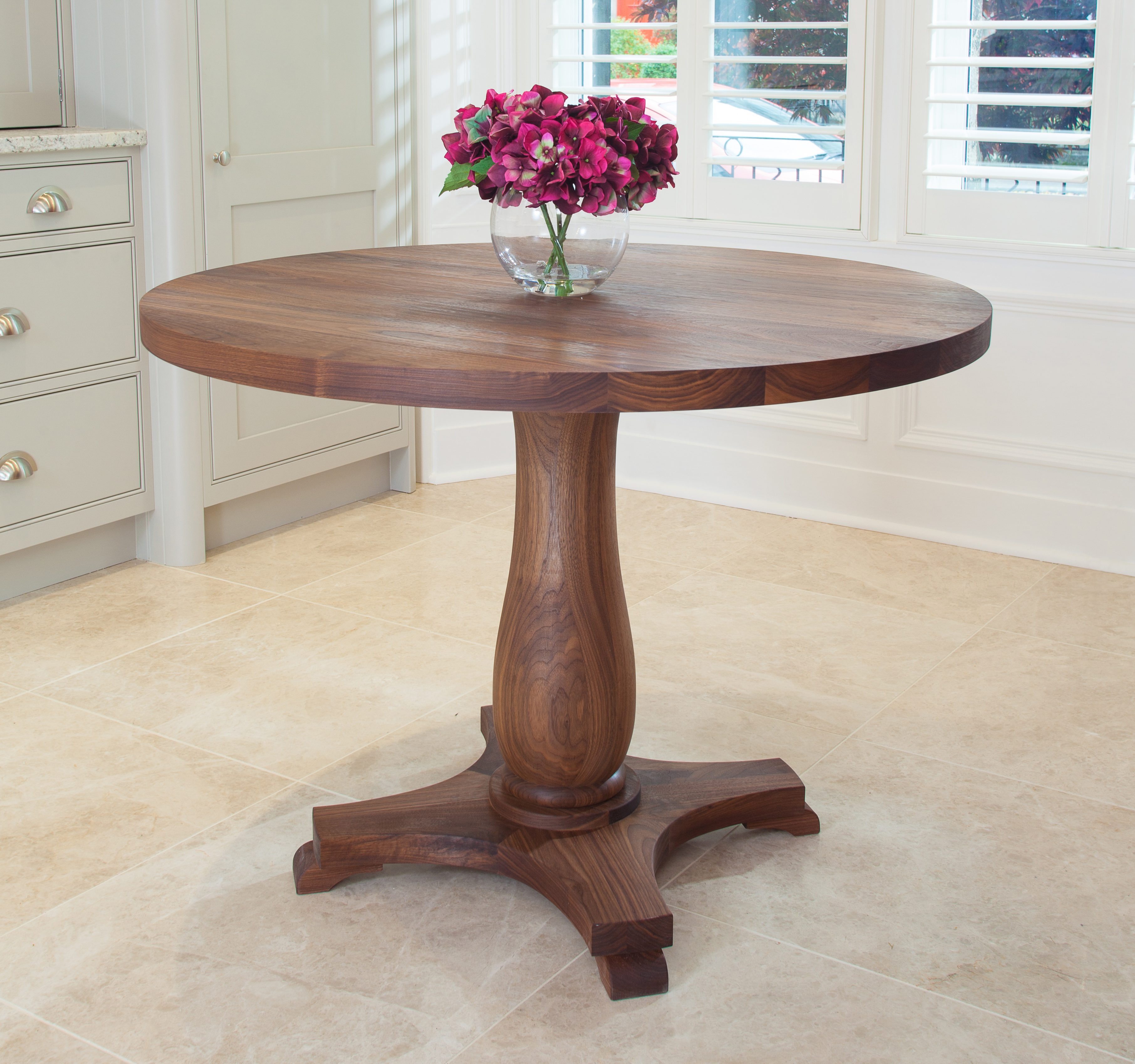
Another aspect of interior design that has a big influence on our emotions is the placement of furniture. Spaces that are easy to move through and foster social interaction reduce anxiety and feelings of being overwhelmed. There's also a theory that adding symmetry can help boost the mood. If your space feels too cramped then your furniture might just need a little breathing room. Try pulling it further apart or just try removing a piece and placing it in another room.
Also, look where traffic flows in your room. Is there a good flow? Or are there obstructions? You'll also want to avoid having furniture directly in front of doors and clutter in major arteries of the home. Besides providing a fresh new take on your home's layout and breaking monotony, moving around your furniture can actually help break negative thought patterns that you might be creating for yourself.
The other feel-good aspect about rearranging what you already have is that you are making improvements without buying things. o there's no risk of buyer's remorse and there's no need to manage additional things that you are bringing into your space. So long as the rearranging doesn't become compulsive or bring anxious feelings of never been quite right, rearranging your furniture is generally considered a positive activity.
Get In Touch
Whether you're looking for a traditional, in-frame, country kitchen or a modern, more contemporary style, we can help. To arrange a design appointment and find out more about our range cookers, please contact us.
References:
Augustin, S. (2019) Designology: How to Find Your PlaceType and Align Your Life With Design (Residential Interior Design, Home Decoration, and Home Staging Book). Illustrated. Mango.
What is circadian rhythm? (2022) Sleep Foundation. Available at: https://www.sleepfoundation.or... (Accessed: January 11, 2023).

